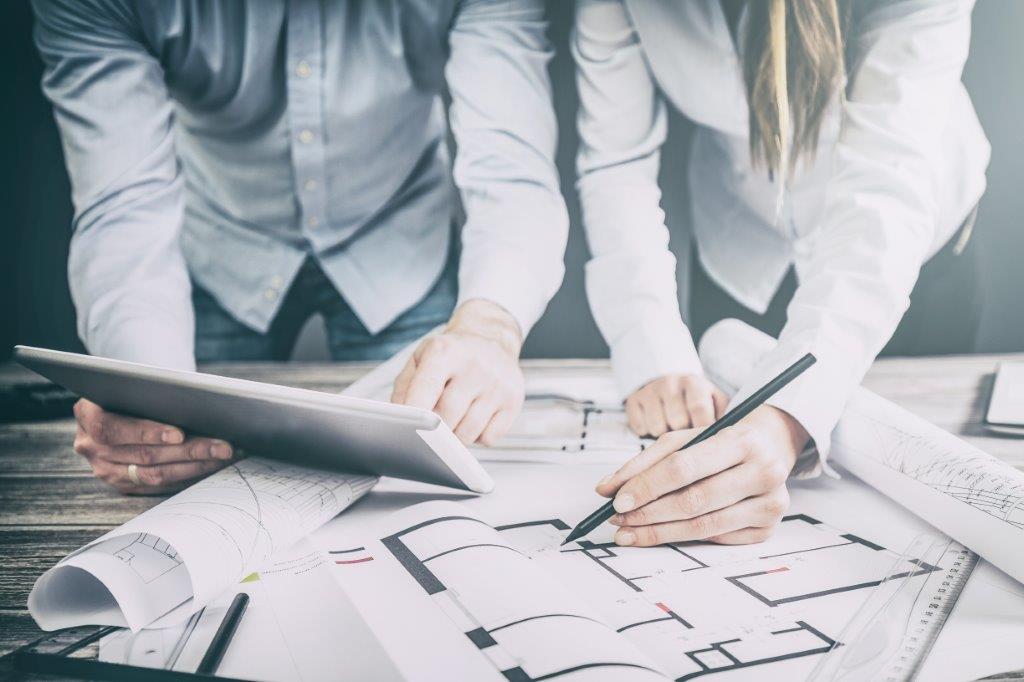
Creating universal features in the design phase of a new home or in the renovation of an existing home can help it serve the needs of the occupants and their guests in that space as it is occupied over time.
Universal design is sustainable
Universal design is a lot like green building in that they both focus on sustainability – wise use of products that can stand the test of time without the need to be inspected, monitored, replaced, or discarded frequently.
When we select what works for most people when it comes to flooring, lighting, and hardware, rather than just going for a trendy look, style, or color, we have a universal design choice that will last for years.
Because universal design is focused on supplying long-term benefits for a variety of needs and living environments, it necessarily includes building components that are created to last for many years of useful service. This is classic sustainability.
Universal design and new technology
While basic concepts and the materials that are used to reflect and implement those design elements are constantly subject to improvement, universal design itself looks at the function of the basic feature and not how it is fashioned.
For instance, flooring is a universal design element that also is sustainable. Carpeting or other surfaces that show wear and are affected by environmental influences (spills, dirt, pollen, pets, viruses, stains, and the like) have been giving way to hard-surface impervious flooring. In fact, flooring leads the lists of building products that have undergone the most changes and been reinvented in so many different forms over the past few decades.
Still, hardwood floors remain a staple. Now, laminate alternatives in the form of LVP (luxury vinyl planking) provide a similar look and feel with an easier-to-install approach. Both have long life spans.
We still have carpeting, but even that has undergone technological improvements. Then, we can add stamped concrete, marble, travertine, brick, ceramic tile, terra cotta, slate, and a few other hard-surface products that generally will last several years and be quite serviceable for the occupants and their guests.
Better lighting helps universal design
Of all the things we can do in a home, lighting is one treatment that can help immensely and provide a universal solution. Proper lighting illuminates living spaces, furniture, cabinets, work areas, and other aspects of the home so that anyone can see, access, and use that home environment safely and well.
LED is the current top-of-line lighting product in terms of function, design, and versatility since it comes in various intensities and shapes. The incandescent and fluorescent bulbs, while still available, have been largely replaced by the LED bulbs. They fit numerous fixtures and applications throughout the home.
Most LED bulbs are rated with double-digit years of performance so this cuts down and even totally eliminates for some people the thoughts of replacing them in the near term. Some elderly individuals will never need to replace a bulb or to think about standing on a ladder to do so.
Universal design is sustainable
Sustainability is a major attribute of universal design because features created by it tend to remain in place and continue providing service into future years. Universal design features help anyone living in the home to function well, to learn how simple they are to use, and to embrace them as part of the home furnishings and decor.
